What is Cloud Backup and How does it Work?A copy of a physical or virtual file or database is sent to a secondary, off-site location via cloud backup, often referred to as online backup or remote backup, as a precaution against equipment failure, site disasters, or human error. A third-party cloud or SaaS provider typically hosts the backup server and data storage systems. The backup client is charged a recurrent price depending on the amount of storage space or capacity utilized, data transmission bandwidth, number of users, number of servers, or number of times data is retrieved. 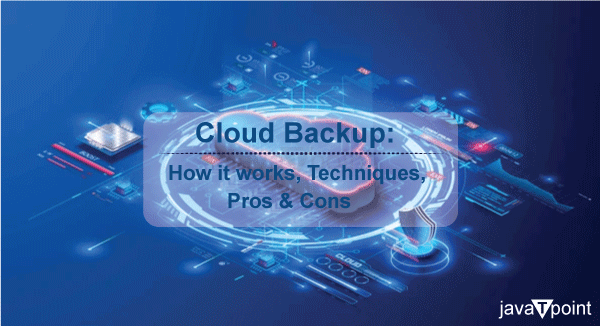
Without adding to the burden of IT personnel, using cloud data backup may support an organization's business continuity, data security, and regulatory compliance policies. The labor-saving advantage may be substantial and important enough to balance out some of the extra expenses (such data transmission fees) related to cloud backup. Monthly or annual subscriptions are the norm for cloud services. Online backup services were first mostly utilized by individuals and home offices, but SMBs and bigger organizations today often use them to back up various types of data. Cloud data backup is an additional backup option for bigger businesses. What is a Cloud?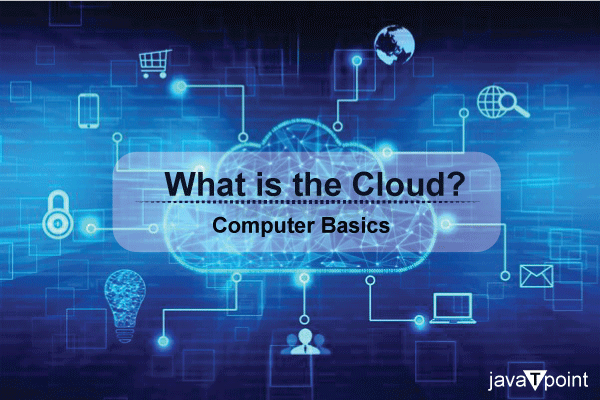
The phrase "cloud computing" often refers to hosted resources and services that are provided online. In contrast to conventional web hosting, cloud services are maintained entirely by the service provider, supplied on demand, and provided in an elastic way, allowing customers to utilize as much or as little of the service as required. A cloud may either be public or private. A private cloud offers hosted services to a restricted group of customers inside the company, while a public cloud, like AWS, sells services to everyone on the internet. Use cases and methods for cloud backupCloud backup is the off-site facility for many organizations, though there are other options and approaches as well. In an organization's data center, a backup application copies data and stores it on different media or another storage system for easy access in the event of a recovery situation. If a business maintains its own private cloud service, it may own the off-site server. However, if the business utilizes a service provider to handle the cloud backup environment and gets a monthly fee for backup storage and services, the chargeback procedure would be identical. Cloud backup may be done in many different ways, and there are services that are readily integrated into an organization's current data security procedures. The following are some examples of cloud backup variations: 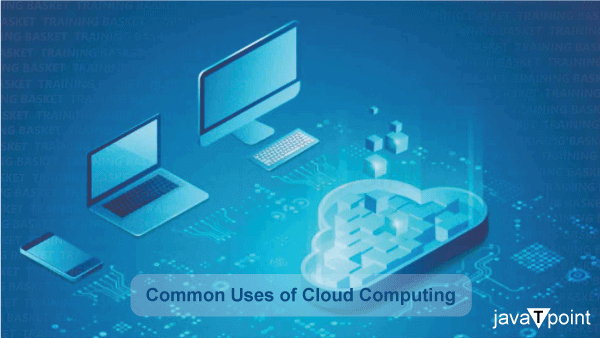
How can we retrieve data?The foundation of most cloud backup services is a client software program that operates according to the customer's needs and the amount of service they have ordered. The program gathers, compresses, encrypts, and uploads data to the cloud service provider's servers once a day, for instance, if the user has subscribed for daily backups. The service provider may provide incremental backups only after the first complete backup in order to minimize bandwidth use and file transfer times. Applications for Microsoft Exchange and SQL Server, as well as other hardware and software required to safeguard an organization's data, are often included in cloud backup services. The business employs the same application to recover backed-up data, regardless of whether a client uses software provided by the cloud backup service or its own backup program. File-by-file, volume, or full backup restoration are all possible restoration options. The best approach is usually more granular file-by-file restoration, which allows a company to swiftly recover individual lost or damaged data instead of taking the time and chance to restore full volumes. In the event that a significant amount of data has to be recovered, the cloud backup provider may provide the client with a full storage array that they may connect to their servers in order to retrieve their data. This is essentially a method of reverse seeding. Depending on the organization's recovery time target, restoring a sizable volume of data across a network may take an excessively lengthy time (RTO). The ability to do cloud backup restorations from almost any kind of computer, from any location, is one of their main advantages. For instance, in the event that an organization's main data center is inaccessible, its data might be immediately restored to a disaster recovery site located elsewhere. Types of backupsApart from the many methodologies used in cloud backup, there exist other backup techniques that need consideration. While cloud backup services allow users to choose the backup strategy that best suits their requirements and use cases, it's crucial to know how the three primary kinds vary from one another. 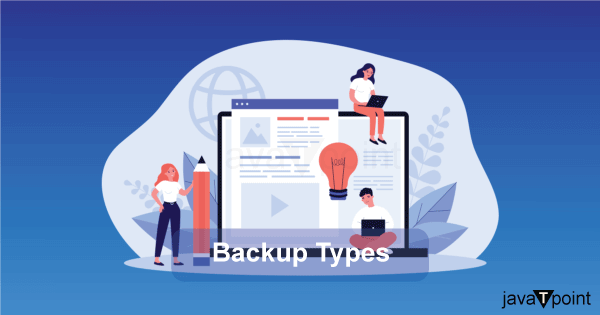
Advantages and DisadvantagesConsider the possible benefits and drawbacks of using cloud backup before deciding on it as a backup plan.
Utilizing a cloud backup service has some drawbacks and difficulties despite its numerous advantages, such as the following:
Best Practices for Cloud BackupWhen it comes to deploying cloud backup in the business, there are a number of accepted best practices, despite the fact that approaches, technology, and providers differ greatly. Here are some rules to follow:
Particular factorsThere are a few more factors to take into account when selecting a cloud backup service provider. Not all cloud backup solutions can satisfy the unique data security requirements of some businesses. For instance, the cloud backup service must be certified as complying with data handling processes as outlined by the relevant rule if the business is required to adhere to a particular regulation, such as HIPAA or GDPR. Even if the backup is provided by an outside company, the client is still in charge of the data and may be subject to harsh penalties and legal action if the cloud backup provider fails to keep the data in an acceptable manner. Another unique factor to take into account when choosing a cloud backup provider is data preservation. Archiving is not the same as regular data backup. Data that is not required right now but must be kept is known as archived data. Since the material is probably unaltered and adds to the amount of backup data transfers needlessly, it is best to delete it from the daily backup stream. To go along with their backup offerings, several cloud backup companies also provide archiving services. Archive data is often kept on devices like tape or underperforming disc systems that are designed for extended retentions and infrequent access. Data storage used for current backups is often more costly than archival storage, such as Amazon S3 Glacier or Azure Archive Storage. Cloud vs. local backupCloud backup and local backup are the two primary product categories to consider when looking at data backup choices. The act of keeping a copy of the data on hand at the company is called local backup, or conventional backup. This method involves managing, copying, and restoring data to backup destinations such discs, tapes, or network-attached storage devices using backup software. Cloud data backup services were first used by enterprises for non-critical data. Because there are physical restrictions to the quantity of data that can be sent over a network in a given length of time, traditional backup was thought to be superior for vital data that needs a quick RTO. Data that has to be retrieved in big quantities may need to be sent on tape or another kind of portable storage medium. 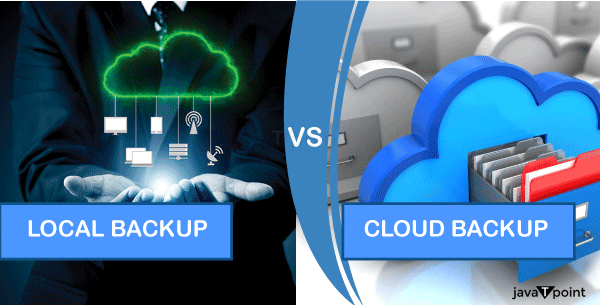
The most current backup data is kept on site and also spun out to the cloud service in the majority of cloud backup schemes, regardless of whether they are managed by a user's backup software, the cloud backup service app, or a backup appliance. All the advantages of cloud backup are offered by this setup, and a local duplicate of the data is retained for speedy recoveries. Data must be transferred to a tape cartridge from a main storage device in order to perform tape backup. The capacity of cartridges has increased significantly in recent years. The late 2017 LTO-8 tapes have a 12 TB uncompressed data capacity and a 30 TB compressed data capacity. The LTO-9, LTO-10, LTO-11, and LTO-12 tape standards offer 18 TB (45 TB compressed), 36 TB (90 TB compressed), 72 TB (180 TB compressed), and 144 TB (360 TB compressed) of capacity. With data growing at an exponential rate, tape is a reliable and portable storage medium. Apart from the capacity advantages, tapes are relatively cheap to purchase and use. However, since access is sequential, the restoration procedure may take a while. Despite the cloud's seeming limitless storage capacity, prices increase significantly based on how much an organization needs. Restore times still rely on the internet or private communications lines and need enough bandwidth, even if access is not sequential as with tape. 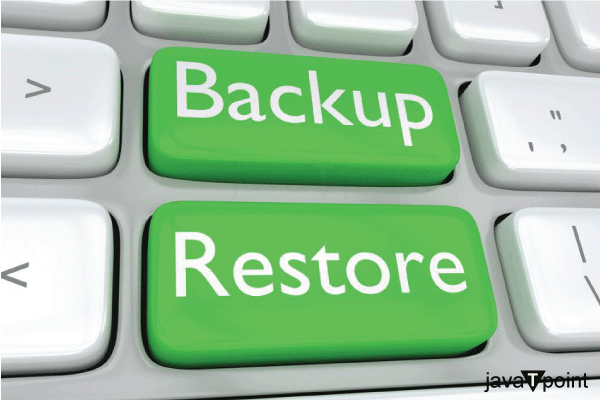
Cloud service providers relieve businesses of some of their backup management responsibilities. The organization is primarily responsible for maintaining the cartridges and backing up to tape. Because an organization may restore to several devices, such as laptops and phones, the process of recovering from cloud backup is more flexible. Protection against ransomware and other cyberattacks is offered by both cloud and tape services. Because cloud backups are off-site, they may be helpful in the case of an attack. Because tape backups are offline, they are much more secure. Although not as portable as tape, disc is also a popular backup option. Access speed is a disk's greatest advantage. Discs provide random access and are often preferred over cloud and tape for quick restores. Tape backups are done less often than disk-based backups, which are usually done constantly throughout the day. Compared to tape backups, disk-based backups are self-contained and need less staff involvement, lowering the possibility of human mistake. However, disk-based backups might be more costly than tape or cloud backups. In comparison to tape, discs have a shorter lifetime and less durability. A cloud backup may last longer than a disc or tape backup, provided the service provider is still in operation. Instead of using a desktop computer or server, NAS backup uses a disk-based NAS appliance that is connected to a network to do a local backup. These gadgets enable wireless data storing, access, and sharing among several devices and users on the same network. Both cloud and NAS backups provide effective recovery times, high security, and robust data protection; however, since NAS appliances are connected to the devices they are backing up, NAS backups take less time to complete than cloud backups. In the event of on-site catastrophes, cloud backups, however, may provide a cheaper initial cost and greater dependability. The graphic that follows makes it easier to understand when cloud data backups are a good idea. Disk-to-disk-to-cloud (D2D2C) methods are replacing disk-to-disk-to-tape (D2D2T) strategies in organizations, since cloud backups may reduce or even eliminate the requirement for off-site tape data storage with the right retention policy. Another advantage of the cloud is flexibility since it eliminates the need for extra storage hardware. Cloud DR vs Cloud Backup:Although they are not the same, cloud backup and cloud disaster recovery are related. While cloud backup services are useful for recovering data and continuing with operations after a disruptive incident, it should be understood that they are not always designed to provide all the sophisticated features and services that a real DRaaS solution would. For example, in order to use the data saved to a cloud backup service for disaster recovery, the backup content would have to include much more than just data files; OSes, application software, drivers, and utilities are also required. This is the true distinction between a backup and a disaster recovery environment: "content." In order to include such components into their backup processes, users would need to replicate complete servers to the cloud backup provider. 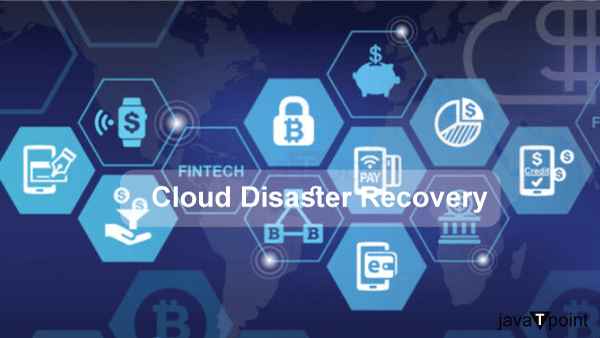
More importantly, a true DRaaS provides the servers and storage resources needed to spin up the clients' servers and applications so they can continue to run and do business. This is in addition to having the data, system, and application software available for access. It is essential for an organization to take into account the disaster recovery provider's bandwidth and resource capacity in order to estimate the recovery time. Because so many cloud DR testing vendors provide automated tests, cloud DR testing is vital and often simpler than conventional DR testing. Cloud-based disaster recovery may also be provided via a cloud backup service. Cloud disaster recovery is especially appealing to smaller firms that lack the capital or manpower to maintain their own disaster recovery site. To facilitate recovery from any local or regional catastrophe, the cloud data center should be sufficiently far from the organization that uses it. Cloud storage vs cloud backup:Cloud storage and cloud backup are not the same things, despite their resemblance. Data is saved on distant servers using the cloud storage service paradigm. Users may access data stored in cloud storage via a network, usually the internet. Cloud storage offers off-site security, convenience of usage, and worldwide availability. Performance problems based on network connectivity, loss of total control over the data, and gradually rising expenses are some possible disadvantages. An off-site server receives an additional copy of an organization's data via cloud backup, so the average user shouldn't need to access that data often. However, cloud storage should be used more often. In the end, the function of the material determines whether it is being used for storage or backup-not the "content" itself.
Next TopicCommunication Protocols In System Design
|
 For Videos Join Our Youtube Channel: Join Now
For Videos Join Our Youtube Channel: Join Now
Feedback
- Send your Feedback to [email protected]
Help Others, Please Share









